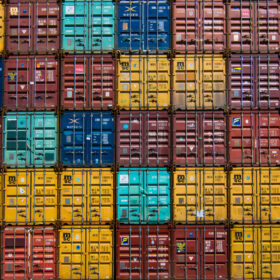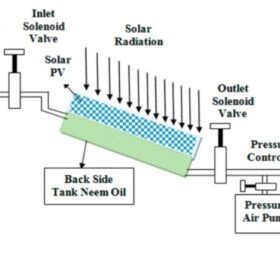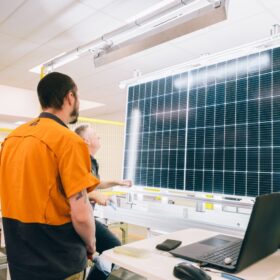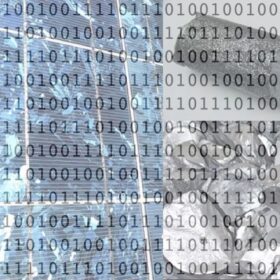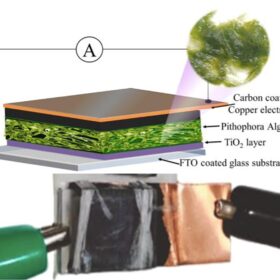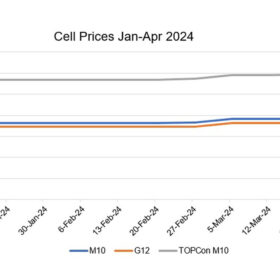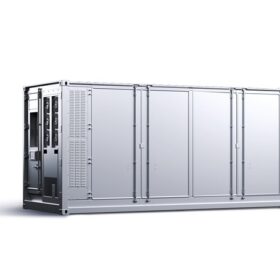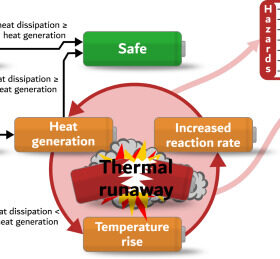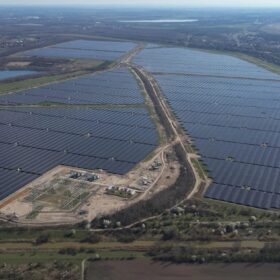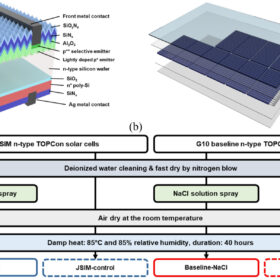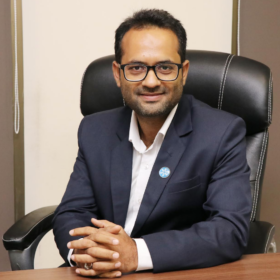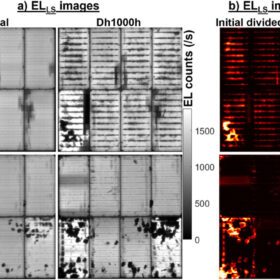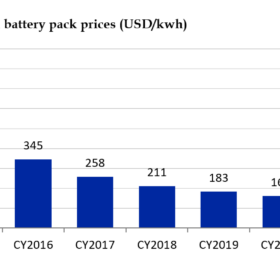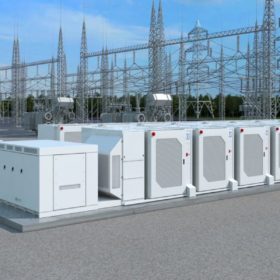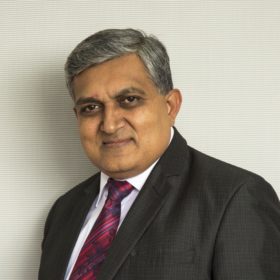Bifacial panels, representing 98% of U.S. solar imports, may soon be subject to tariffs
The Biden Administration is expected to revoke tariff exemptions on bifacial solar modules following a petition led by Qcells, a company with a multi-billion-dollar investment in U.S. manufacturing.
Solar module cooling tech based on waste neem oil
An international research team has placed a neem oil tank on the back of solar modules for cooling purposes. The proposed solution reportedly improves PV panel performance by up to 17.8%.
Australian solar manufacturing through the looking glass
The Silicon to Solar report, partly funded by the Australian Renewable Energy Agency, outlines ways to restore solar manufacturing to the nation with a little help from the country’s major trading partner – China.
How much polysilicon is enough
TU Delft researchers have proposed a new approach for solar cell manufacturing that implies gauging wafer thickness depending on the regions where the cells and modules will be deployed. They also suggested to adopt test conditions that are representative of the outdoor working condition of solar cells in an alternative to standard testing conditions.
Indian researchers develop solar cell from living algae
The researcher team, from Amrita Vishwa Vidyapeetham university in Coimbatore, India, sandwiched macroalgae between a carbon-coated copper electrode and a titanium oxide-coated fluorine-doped tin oxide electrode. The 1 cm2 device exhibited a 1.25 mA photocurrent and 0.5 V photovoltage under UV light.
Solar cell prices fall for 3rd consecutive week
In a new weekly update for pv magazine, OPIS, a Dow Jones company, provides a quick look at the main price trends in the global PV industry.
CATL unveils first mass-producible battery storage with zero degradation
China-based Contemporary Amperex Technology Co. (CATL) has launched its new TENER energy storage product, which it describes as the world’s first mass-producible 6.25 MWh storage system, with zero degradation in the first five years of use.
How safe are lithium iron phosphate batteries?
Researchers in the United Kingdom have analyzed lithium-ion battery thermal runaway off-gas and have found that nickel manganese cobalt (NMC) batteries generate larger specific off-gas volumes, while lithium iron phosphate (LFP) batteries are a greater flammability hazard and show greater toxicity, depending on relative state of charge (SOC).
Europe’s largest PV plant goes online
Hansainvest Real Assets has switched on Europe’s largest solar plant – a 605 MW installation in Saxony, Germany. The project spans 500 hectares and operates under a power purchase agreement (PPA) with Shell Energy Europe.
New research shows laser-assisted firing improves TOPCon solar cell reliability
Chinese manufacturer Jolywood is currently applying a laser-assisted firing process in TOPCon solar cell manufacturing that can reportedly increase contact quality and corrosion resistance, while also reducing production costs. Scientists at the University of South Wales have investigated the impact of this production process on the quality of TOPCon cells and have found it “significantly” improve their reliability.
